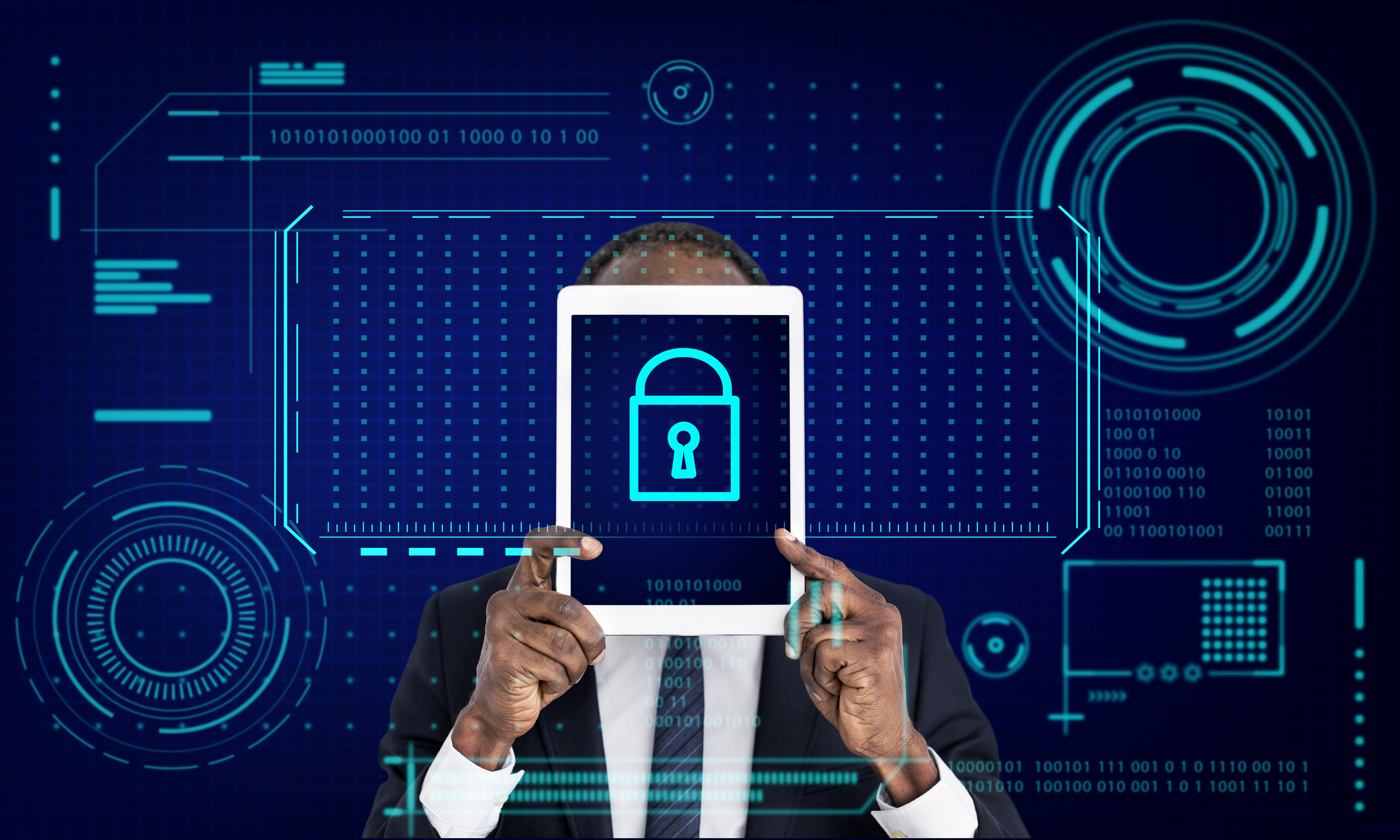Cybersecurity in 2025: Top 5 Risks & How Boards and Leaders Can Stay Ahead
In 2025, cybersecurity is no longer just an IT issue– it’s a boardroom priority. With evolving threats and the increasing sophistication of attackers, organizations must take proactive measures to protect their digital assets, strengthen governance practices and safeguard stakeholder trust.
At Dess Digital Meetings, we work closely with boards, general counsels and leadership teams to help them navigate the rising tide of cyber risks. As businesses embrace cloud computing, AI and complex supply chains, the need for stronger cyber oversight has never been greater.
Below, we highlight the top five cyber risks boards and leaders must prepare for in 2025– and the strategies to mitigate them.
1. Supply Chain Vulnerabilities
With companies increasingly reliant on third-party vendors and partners, supply chains remain a major point of exposure. Attackers exploit these interconnections to infiltrate organizations indirectly, amplifying the risk of widespread disruption.
How to mitigate:
Implement rigorous vendor risk assessments, including AI-specific questions.
Monitor SaaS vendor compliance and terms of service.
Maintain a comprehensive security risk program aligned with board oversight.
2. Cloud Security Challenges
As cloud adoption accelerates, so does the risk of breaches, unauthorized access and misconfigurations. Without strong cloud governance, critical data is at stake.
How to mitigate:
Continuously validate and test security controls.
Strengthen access management and backups.
Conduct “Crown Jewels” assessments to identify and protect mission-critical assets.
3. Identity-Based Attacks
From stolen credentials to phishing and social engineering, identity attacks are rising sharply. Once inside, attackers can move laterally and cause devastating damage.
How to mitigate:
Implement multi-factor authentication (MFA) across the organization.
Enhance identity and access management policies. Run regular security audits and awareness training.
4. AI-Powered Cyberattacks
Cybercriminals are now using AI to automate phishing, scan for vulnerabilities and adapt to defenses faster than ever before. These attacks are scalable, precise and increasingly difficult to detect.
How to mitigate:
Deploy AI-driven security tools for faster detection and response.
Integrate AI into security operations centers (SOCs).
Conduct pre-mortem analysis to identify weaknesses before they’re exploited.
5. Non-Human Identities
Bots and automated systems vastly outnumber human identities in enterprise networks– and they’re becoming prime targets for attackers. With tens of thousands of machine identities per organization, oversight is critical.
How to mitigate:
Extend identity management to both human and non-human accounts.
Assess risks tied to automation and bots.
Strengthen governance programs that address emerging identity challenges.
Key Takeaways for Boards and Leaders
Cyber risk management must be embedded into corporate governance. Boards and general counsels play a pivotal role in ensuring oversight, accountability and resilience.
Best practices include:
- Enforcing strong authentication (e.g., MFA).
- Running ongoing employee training to reduce human error.
- Developing a clear incident response plan.
- Partnering with trusted cybersecurity experts.
- Investing in AI-powered security solutions.
At
Dess Digital Meetings, we help boards and leadership teams embed cybersecurity into their governance agenda–
ensuring decisions are informed, risks are managed and trust is reinforced.




